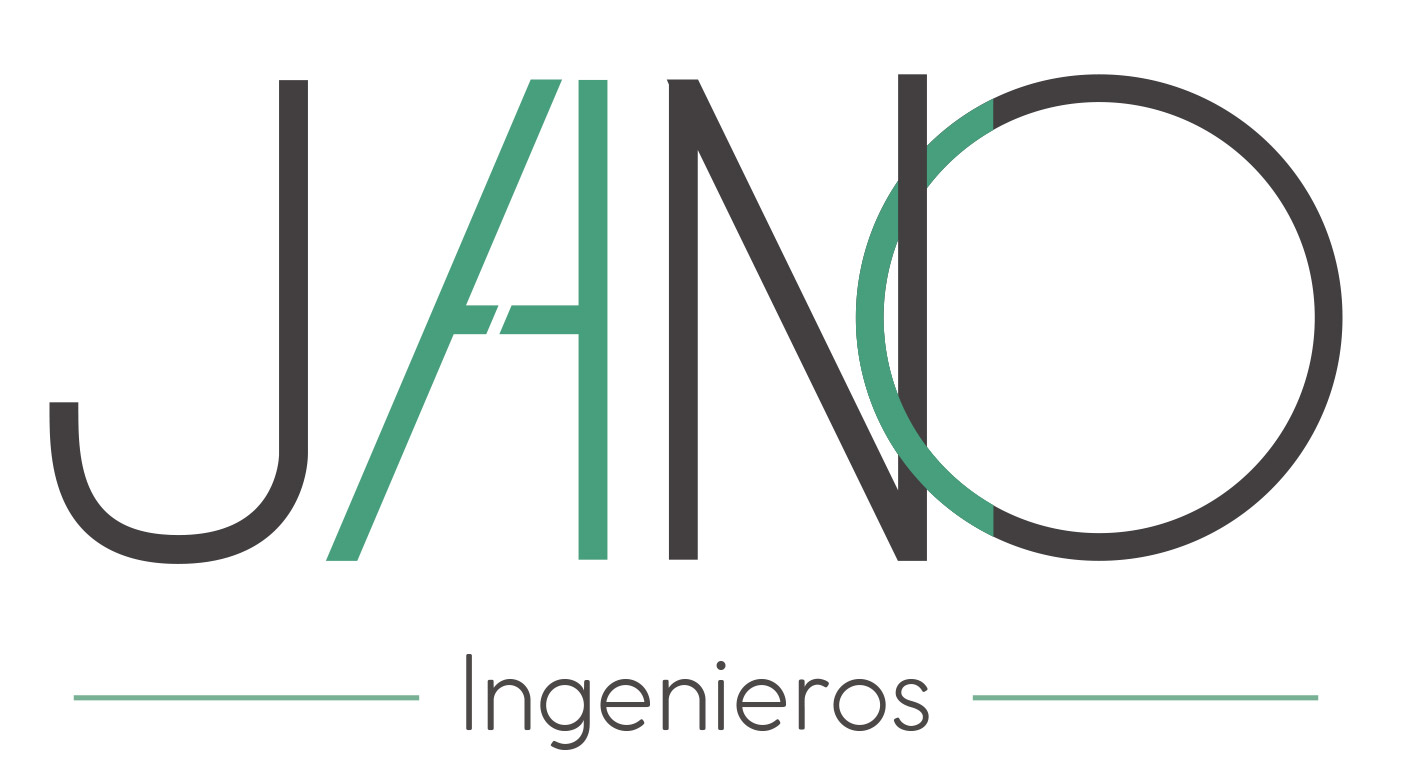Growth Hormone: How the Preparation Works for Sportsmen
Growth Hormone: How the Preparation Works for Sportsmen
In the world of sports, athletes are always looking for an edge to enhance their performance. One of the substances that has garnered attention is growth hormone. Understanding how this preparation works can provide insights into its role in athletic performance.
What is Growth Hormone?
Growth hormone (GH), or somatotropin, is a peptide hormone produced by the pituitary gland. It plays a crucial role in growth, body composition, cell repair, and metabolism. For athletes, the potential benefits of GH can be alluring, leading many to explore its use as part of their training regimen.
Mechanism of Action
The primary function of growth hormone involves stimulating growth and cellular regeneration. It does so by:
1. Increasing Muscle Mass
One of the most significant effects of growth hormone is its ability to promote muscle growth. GH increases the production of insulin-like growth factor 1 (IGF-1), which encourages muscle fiber synthesis and leads to increased strength and endurance.
2. Enhancing Fat Metabolism
Growth hormone also aids in fat metabolism by promoting lipolysis, the breakdown of fats. This process helps athletes maintain a lower body fat percentage while preserving lean muscle mass, contributing to improved body composition.
3. Recovery and Repair
Another vital aspect of growth hormone is its role in recovery. GH enhances the healing of tissues and muscles after strenuous workouts, allowing athletes to train harder and recover faster. This property can significantly impact overall performance during competitive events.
Preparation Methods
growth hormone typically follow specific preparation methods to maximize its benefits. These include:
1. Consultation with Professionals
Before beginning any regimen involving growth hormone, athletes should consult with medical professionals. This ensures safe usage and monitoring for potential side effects.
2. Dosing Protocols
Proper dosing is critical when using growth hormone. Athletes often cycle their dosages to avoid detection and minimize side effects. A common approach includes administering GH during off-season training to build muscle and enhance recovery.
3. Combining with Training Regimens
For optimal results, athletes often combine growth hormone usage with a structured training program. Resistance training combined with aerobic exercises can amplify the positive effects of GH, leading to superior gains in strength and fitness.
Considerations and Risks
While the benefits of growth hormone can be enticing, it is essential to consider the potential risks involved:
- Legal Issues: The use of GH for athletic enhancement is prohibited in many sports organizations.
- Health Risks: Possible side effects include joint pain, Masteron Enanthate insulin resistance, and increased risk of certain cancers.
- Dependency: Prolonged use may lead to a psychological dependency on performance-enhancing substances.
Conclusion
Understanding how growth hormone works and its preparation methods provides valuable insight into its potential as a performance enhancer for sportsmen. However, athletes must weigh the benefits against the associated risks and legal implications. A well-informed approach is crucial for anyone considering using GH as part of their athletic journey.



Sin Comentarios
Lo siento, el formulario para comentarios está cerrado en éste momento,